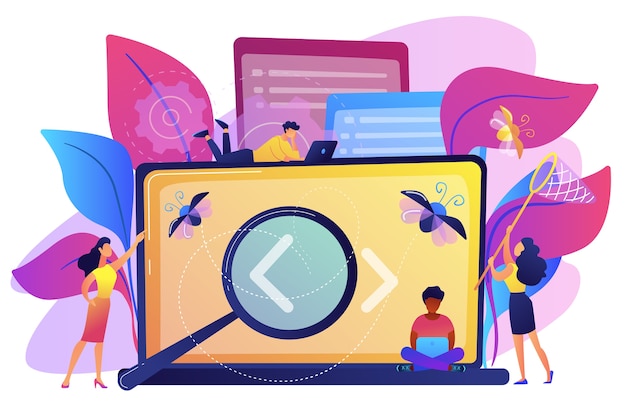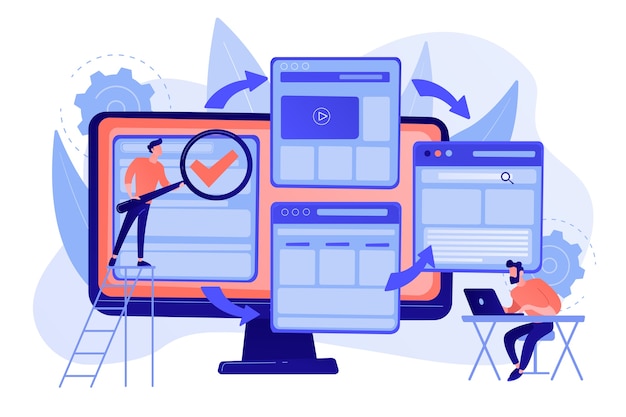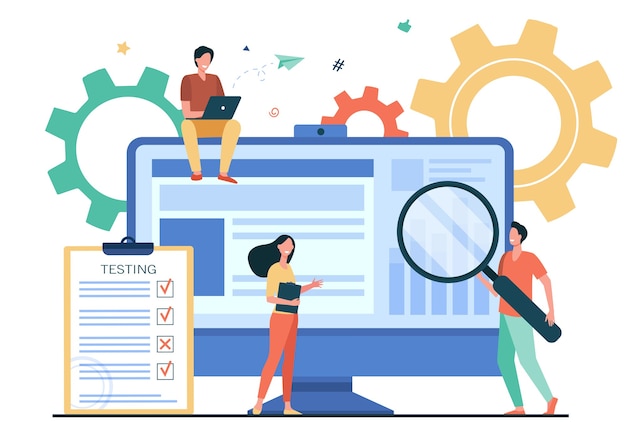
Telecommuting is the new normal: it is even estimated that by 2025, 70% of employees will be working remotely. It has permeated into many industries, from manufacturing, education, food, and even usability research. Many businesses and organizations have adopted usability testing environments that are compatible with remote setups.
Testing environments used to be restricted to in-person setups due to their confidential nature. Thanks to innovations in communication technology and software security, people can now create various user experience testing methods without having to be in one place at the same time.
In this age of enhanced connectivity, you might want to take advantage of various usability testing methods for your website, app, or similar products.

Remote Moderated Usability Tests
Moderated usability tests can be done remotely thanks to various online tools. It works as a low-cost and similarly-efficient way to in-person usability tests while avoiding the disadvantages of unmoderated remote usability testing.
Organizations that employ this method usually get an agency that provides the usability testing service needed to carry out the session. The process involves a facilitator that presides over the session and common meeting software that all participants can use.
The process is similar to focus group research methods, except that remote usability tests provide a setup where participants can check the product through practice use.
Session Recordings and Card Sorting
Other methods can be done that are simpler and require less hands-on moderation, such as session recording and card sorting. The two methods can also be done through video conferencing or a supplied software that enables all participants to submit their findings to the facilitator or testing supervisor.
In a session recording, participants test the prototype product and their interaction is recorded through video capture. The results are then sent for analysis by developers and producers.
Card sorting takes a more minimalist approach: navigating through the app or website is illustrated through a set of cards laid out on an interface where they can be rearranged. Participants organize them according to the flow they believe will be easiest for users.
Online Focus Groups
While not a usability testing tool, a Focus Group Discussion (FGD) can still be considered a useful method for evaluating products before deploying to production. Through FGDs, you can compare concepts, designs, and other data with various customer profiles or samples.
In online focus groups, a trained and experienced moderator usually presides over a select group of participants. The participants are picked through a careful selection process and respond via chat or live video feed about their experiences, views, and expectations on the product.
Focus groups are advantageous in gaining useful target profile insights at speed, but there are also drawbacks to this method. Since the sessions are usually done live, there can be instances where moderators cannot verify the participants’ experiences.
Conclusion
Remote usability testing has made improving user experience testing a much easier task. Now there are more ways to try out if your website, app, or digital product is up to the expectations and desires of your target users. It does require a few hands to work most efficiently though, and you can get help from User Experience Researchers, a Singapore-based usability testing agency. Find out more about how you can do usability research and more by contacting us at https://www.user.com.sg/contact/.



